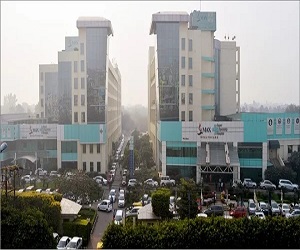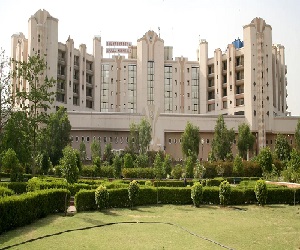Mouth cancer can manifest in various regions within the oral cavity, such as the inner cheeks and gums. The condition arises from uncontrolled cell proliferation, leading to abnormal growths inside the buccal cavity. In India, it ranks among the most prevalent forms of cancer. Oral cancer encompasses malignancies affecting the lips, tongue, floor of the mouth, cheeks, soft and hard palates, throat, and sinuses, collectively referred to as cancers of the oral cavity. Statistics indicate a higher susceptibility among males compared to females.
Types of buccal Cavity Cancer
Mouth cancer has many different types. Some are very serious. It’s one of the scariest kinds of cancer.
- Tongue cancer: Tongue cancer isn’t very common. The main reason for it is squamous cell carcinoma.
- Lip cancer: Lip cancer usually starts on the lower lip. One of the first signs is a sore or wound that doesn’t heal.
- Gum cancer: this kind of cancer has a moderate rate of growth.
- Cancer of the salivary gland: Salivary gland cancer typically affects one of the three main salivary glands. It’s not very common.
- Tonsil cancer: This particular kind of cancer starts in the tonsil cells.
- Palate cancer: The top part of our mouth is called the palate. Soft palate cancer is a type of cancer that begins in the cells of the soft palate.
Diagnosis: To determine if symptoms indicate oral cancer, a doctor conducts a physical examination, checking the mouth, lips, and other areas for abnormalities. Diagnosing any ailment also requires evaluating the patient’s family and medical history.
Biopsy: If the doctor suspects cancer, they will perform a biopsy, taking a small tissue sample to check for cancer cells. This procedure is done using a brush to painlessly collect the cells. If cancer is confirmed, further tests are conducted to determine its stage.
Endoscopy: To check for malignant cells, a tiny sample of tissue is extracted.
Imaging studies: An X-ray of the lungs, for instance, will demonstrate whether cancer has spread there.
Treatment of Mouth Cancer
The type and stage of cancer determine the treatment method. The chosen treatment also depends on the patient’s overall health and personal preferences. In some cases, a combination of treatments may be necessary depending on the severity of the cancer.
Chemotherapy: Chemotherapy targets cancer cells and stops them from growing by using powerful drugs that destroy their DNA. However, it also damages healthy tissues, which can significantly affect a person’s overall health. Common side effects include hair loss, nausea, vomiting, and exhaustion, but these usually go away after the treatment is completed.
Surgery: Surgery is used to remove the tumor. Depending on the extent of the cancer, other parts such as lymph nodes, a portion of the tongue, or the jawbone may also need to be removed.
Radiation therapy: Radiation therapy uses high-energy X-ray beams or radiation particles to damage the DNA inside tumor cells, preventing them from growing and multiplying.
Hyperthermia Therapy: This advanced technique involves heating the affected area to temperatures above normal to destroy cancer cells.
The cost of mouth cancer treatment in India starts at around 3000 USD, depending on various factors and state-specific costs. Treatment success rates in India are between 70% and 80%. Patients typically stay in the hospital for about five days, followed by 14 to 21 days of at-home recovery. The hospital provides all post-operative care instructions before discharge.
Mouth Cancer Treatment cost in India are as follow
| Treatment | Cost in USD | Stay in Hospital |
| Mouth Cancer Treatment | 2200-2800 | 15-20 Days |
| Colon Cancer Treatment | 4500-5100 | 4-5 Days |
| Esophageal Cancer Treatment | 2700-4600 | 5-7 Days |
| Lungs Cancer Treatment | 4500-5600 | 5-7 Days |
| Prostate Cancer Treatment | 3700-4600 | 3-4 Days |














